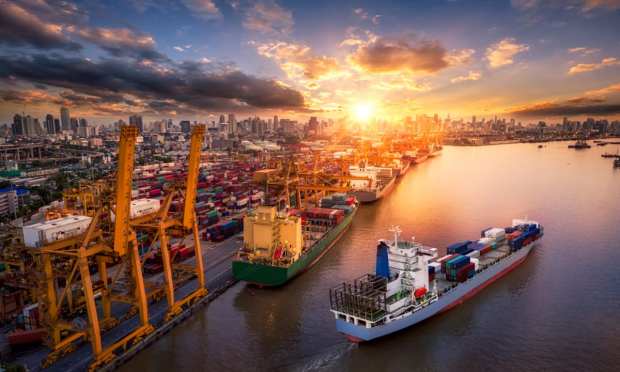Supply Chain Stockouts May Leave Consumers Feeling Pinched

Some of the most basic tenets of economic theory rest on the foundation of supply and demand. Simply put, when demand ramps up for goods or services that are in limited supply, the price goes up. Sometimes, supply constraints can be intentional (limited editions, or more recently, NFTs), and sometimes they are anything but planned. The end result may be the same, though, as consumers bid prices higher.
In one recent example of how the dynamics may work, in retail – and specifically, fashion – we’re about to see something of a retail-related storm: consumers, flush with cash, vying for what’s on the racks (literally). The Wall Street Journal reported that vaccines are priming the pump for Americans to spend, but logistics problems are hampering clothes from getting onto store racks or virtual shelves. In other words, the demand will be there, but the supply, not so much.
Part of that is due to the fact that shipping lanes have been pressured, as was the case even before the widely reported Suez Canal “blockage” that gummed up supply chains.
The fatigue of work from home – and doing, well, everything from home – may make us all feel that our wardrobes could use some sprucing up. The Journal noted that data from ShopperTrak and Citi shows that same-store foot traffic at apparel retailers is now at 2019 levels, as measured in the last week of March.
Those findings dovetail with Mastercard’s own observations. As reported in this space, the latest SpendingPulse survey shows that apparel spending was up 60 percent year on year in March and up 19 percent on a two-year, “stacked” basis. As Mastercard Senior Adviser Steve Sadove told PYMNTS, “Consumer confidence and psychology plays quite a big role. People are feeling better. They’re hopeful. They can get out again.”
But port activity has been constrained by what may actually be available to buy. The Ports of Los Angeles and Long Beach are the ports of entry for more than a third of U.S. container imports, and have been facing surges and bottlenecks through the last several months.
The National Retail Federation has reported that “despite the flood of containers, not all of the merchandise is reaching retailers – or their customers – in a timely manner.” COVID-19 has hit the ranks of longshoremen and truck drivers, which impacts the ability to unload containers or get goods to warehouses. The NRF also estimates that 98 percent of the retailers it surveyed have been impacted by shipping delays, which has lengthened supply chains by several weeks. Those frictions, the Journal noted, have resulted in inventory drawdowns at retailers like Macy’s and Kohl’s.
The end result is that merchandise may not be readily available as economies reopen – which of course means stockouts, and consumers bidding up prices for what is available. In other cases, if what’s left on the (physical and virtual) racks is not what consumers want – in other words, what’s left over from previous seasons – then markdowns might loom.
It’s not just apparel that’s being affected. Anecdotally, as reported last month, Costco is not able to keep imported cheeses in stock because shipping containers are in short supply. In an illustration of how some giants are battling supply chain headwinds, Amazon has taken a minority stake in Air Transport Services Group (ATSG), the air freight partner working with most of its aviation logistics unit. Amazon has also reportedly been adding malls to its last-mile fulfillment strategy, using the extra real estate to transform them into distribution centers and get closer to end consumers.
In a recent interview with PYMNTS, David Shillingford, CEO of Everstream Analytics, noted that that “the pandemic created enormous disruption and dislocation in global supply chains, and there is a lot of debate as to what lessons should be drawn from it. On one side of the argument, it will never happen again. On the other side, it might not happen exactly this way, but something like it will happen again — and things like it are happening every day.”
